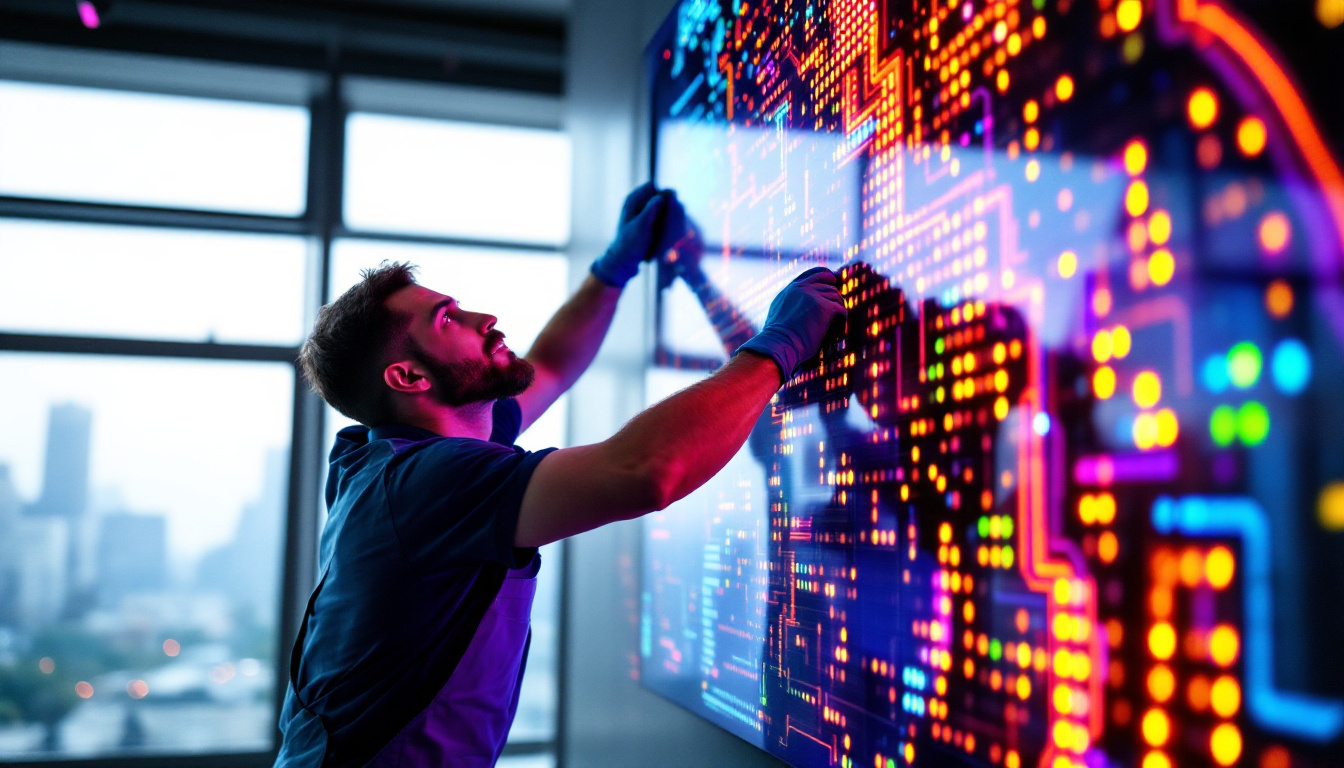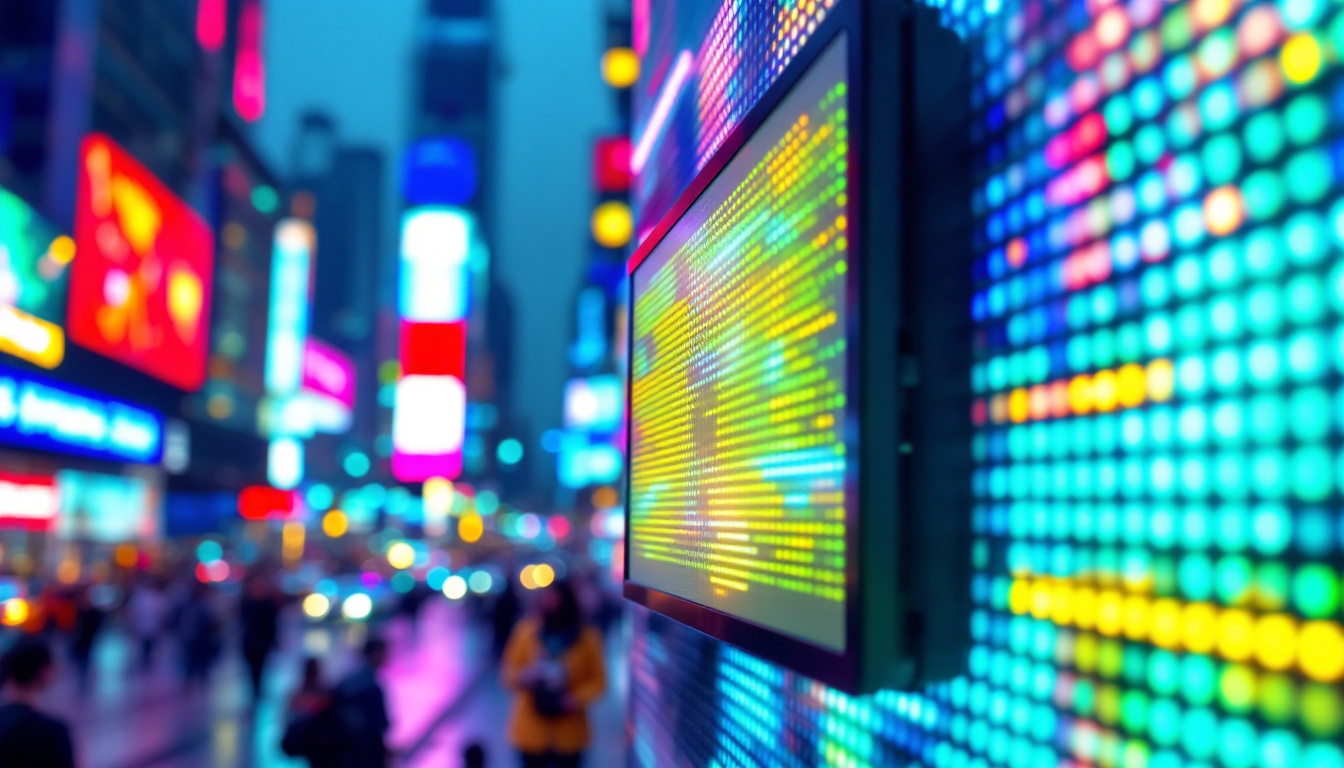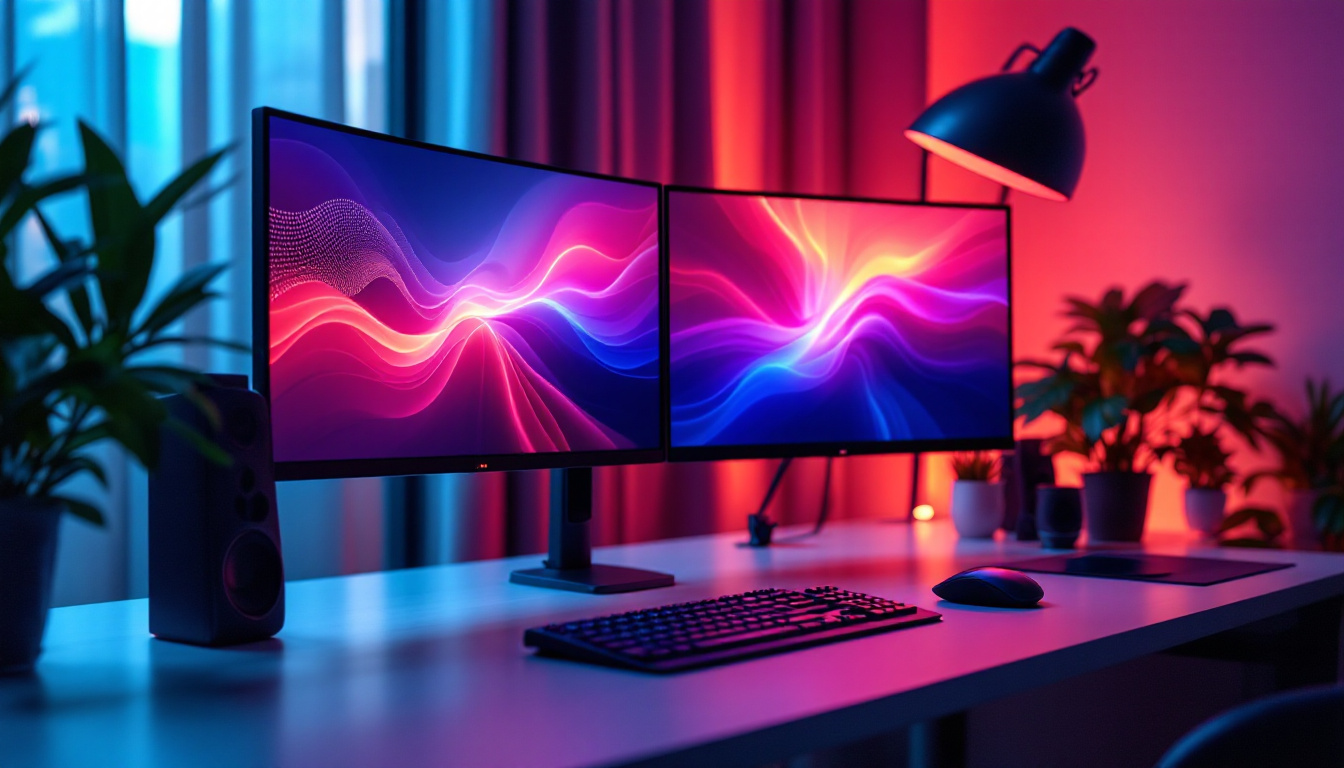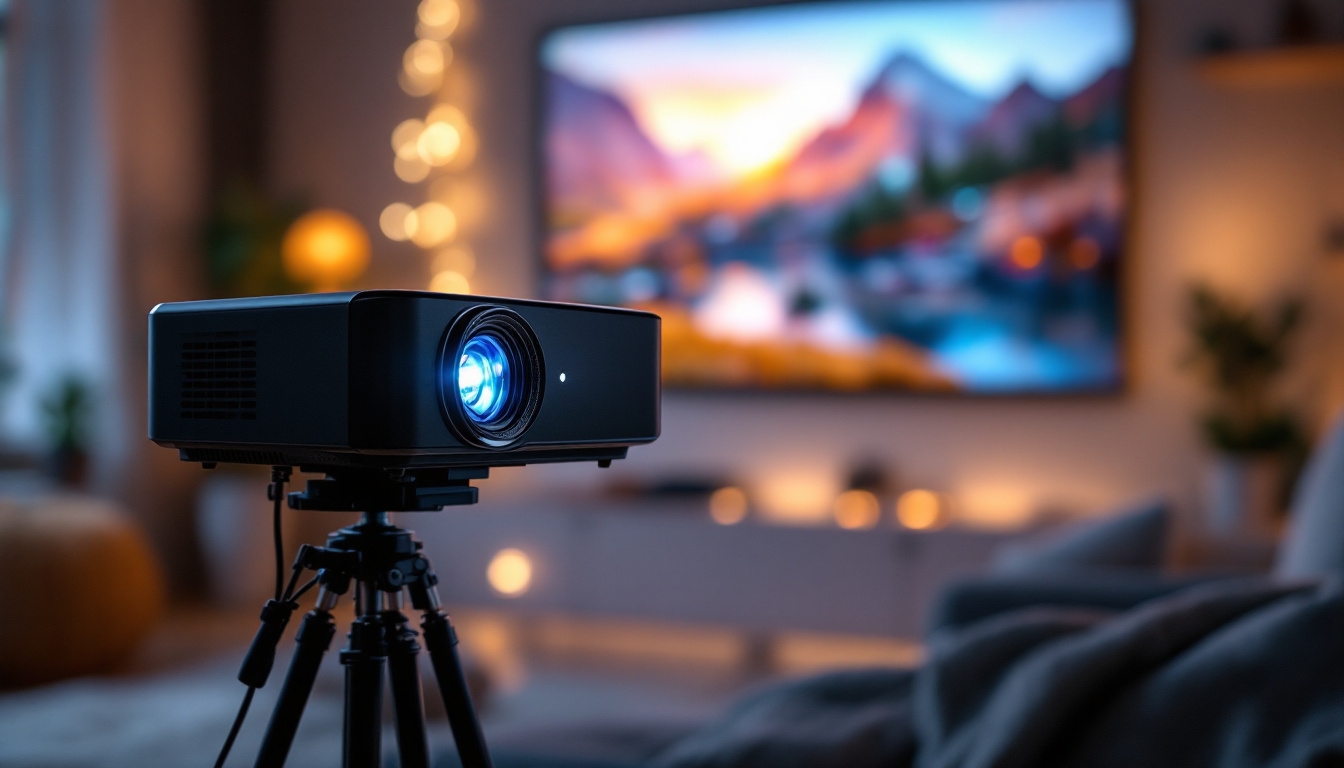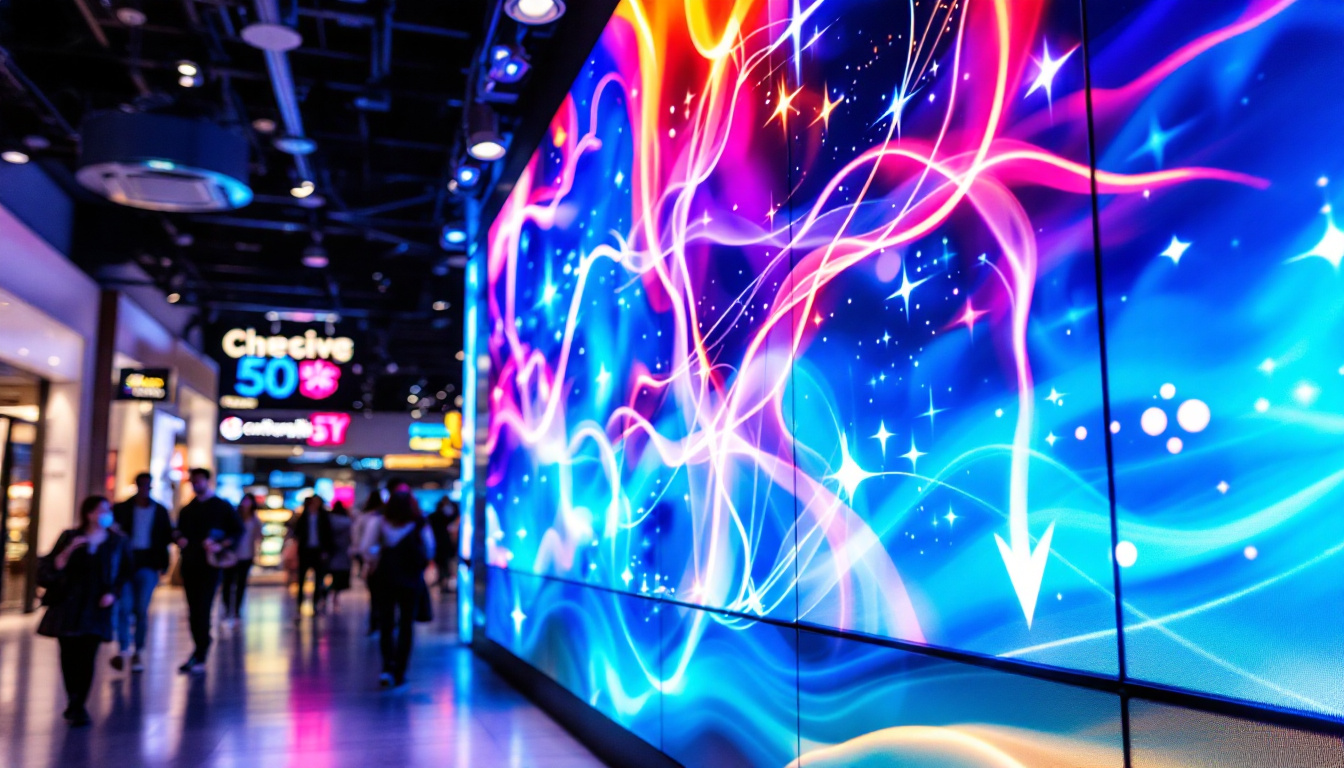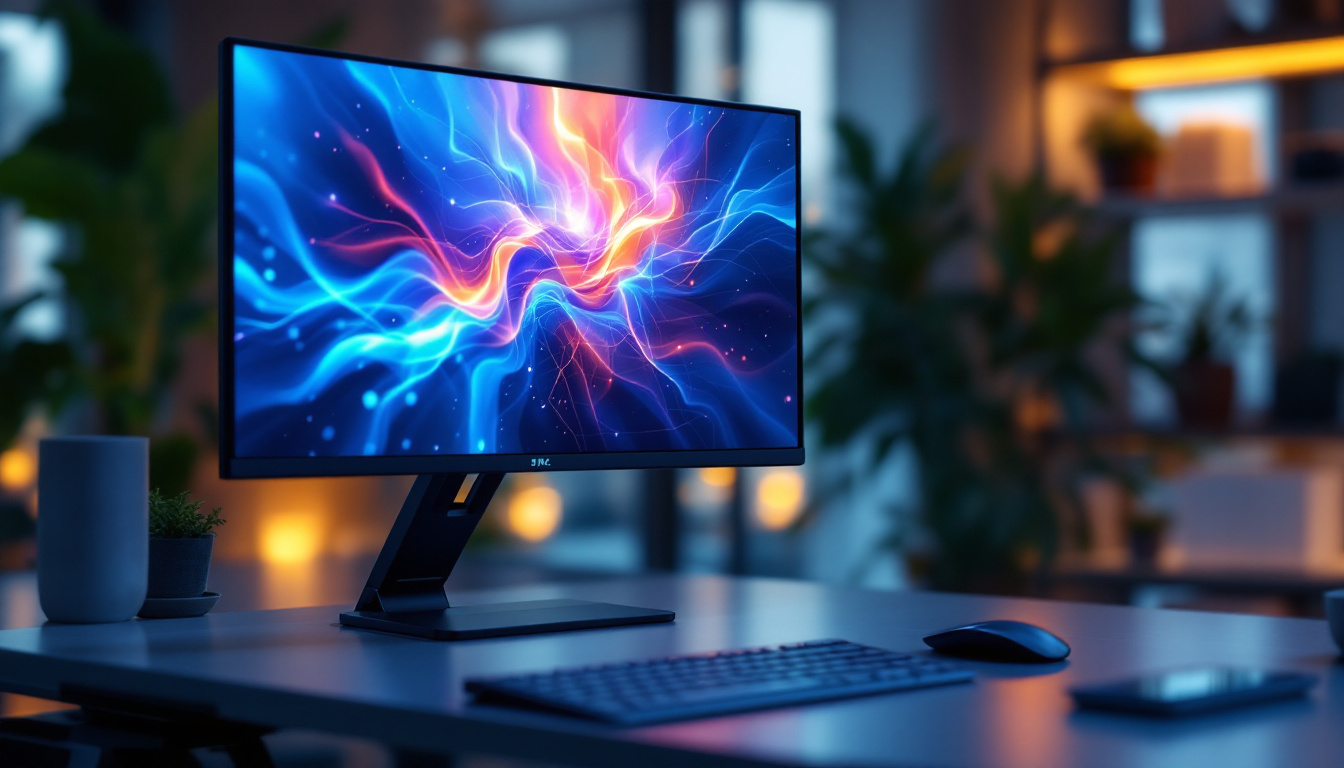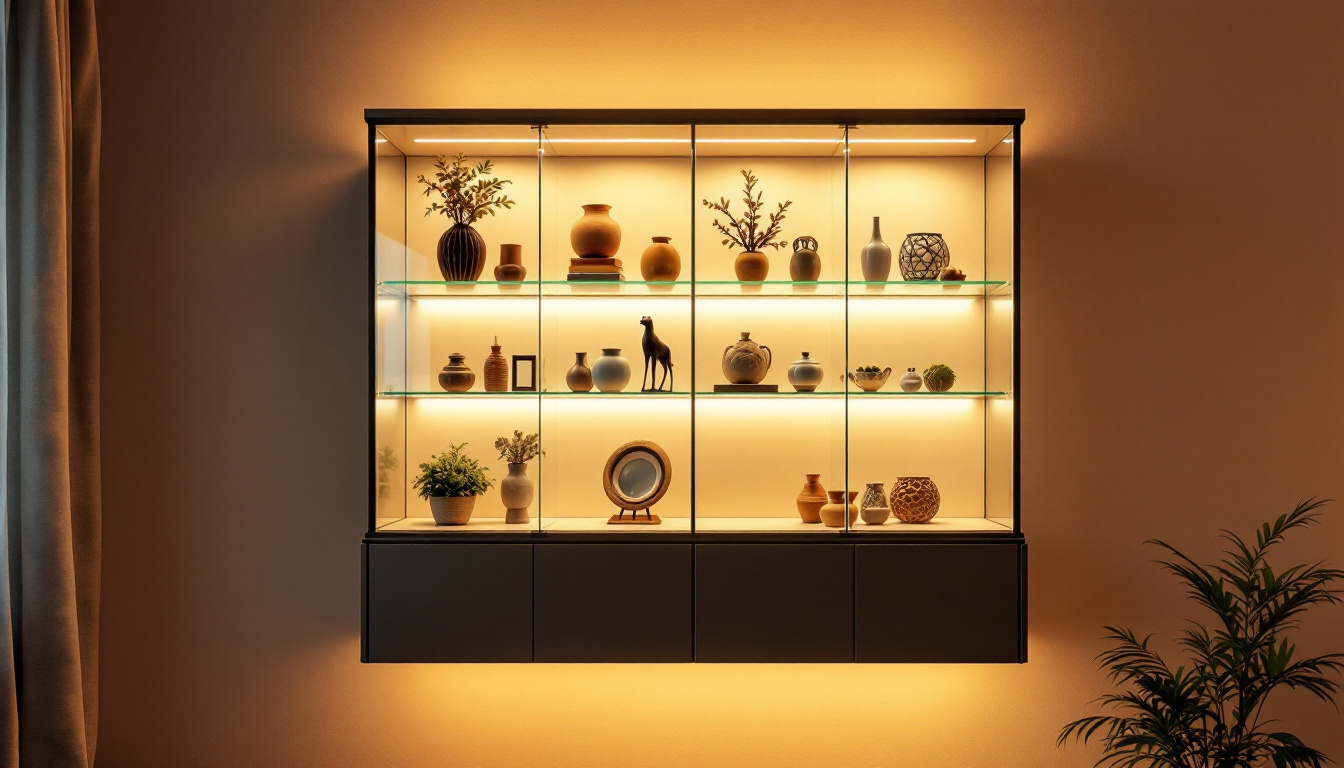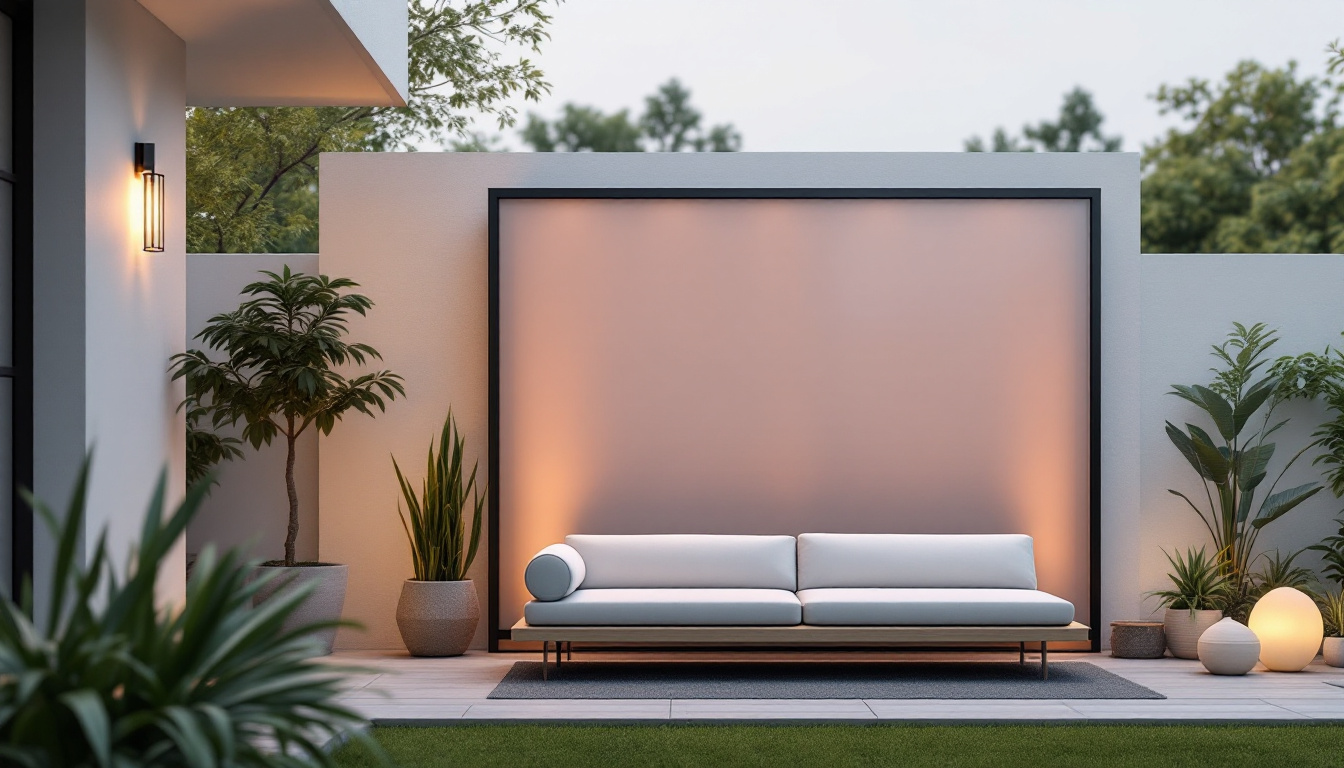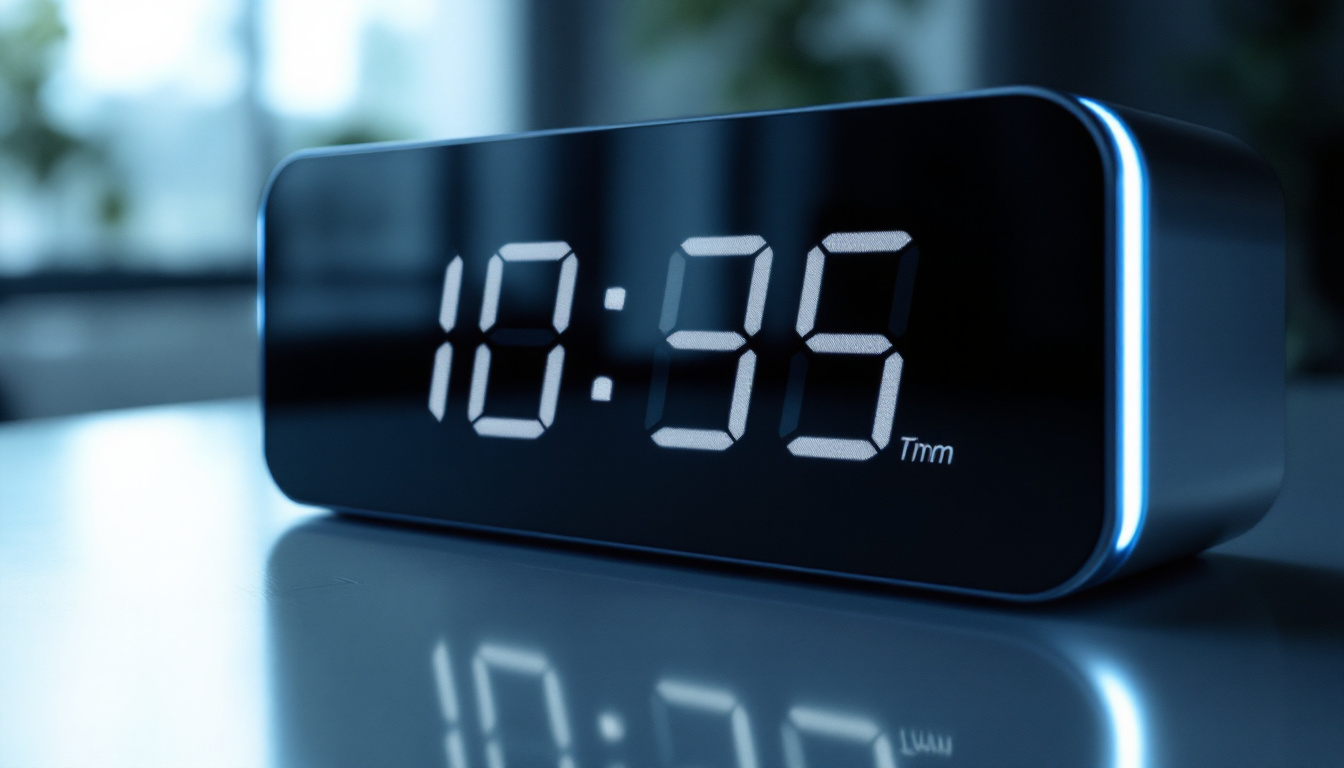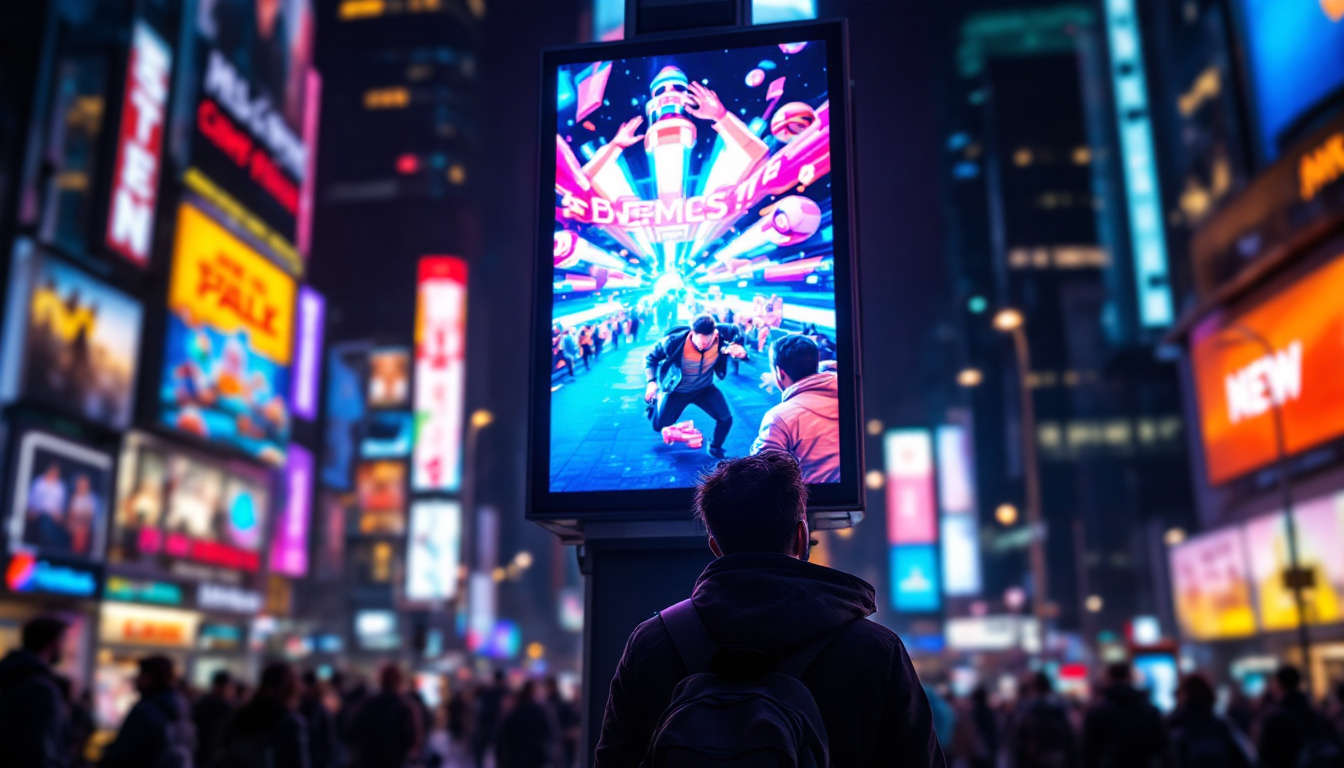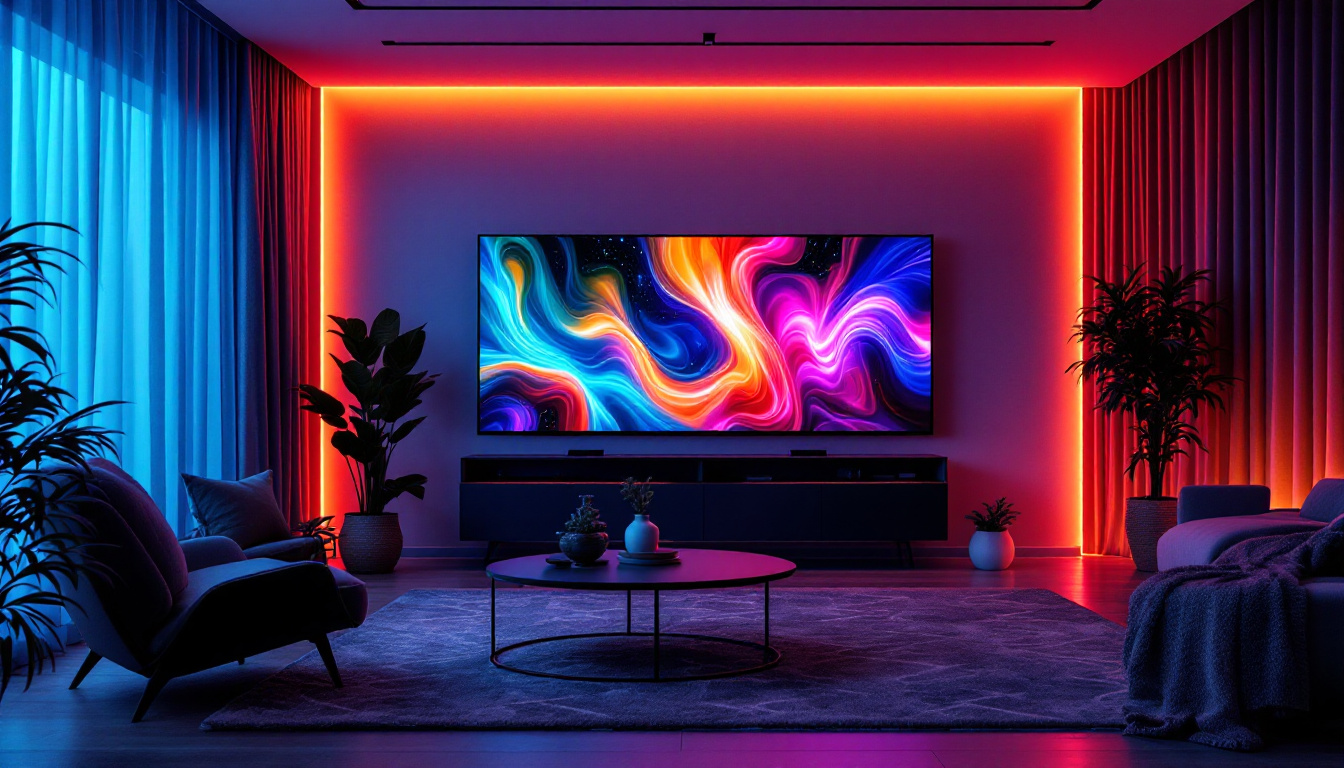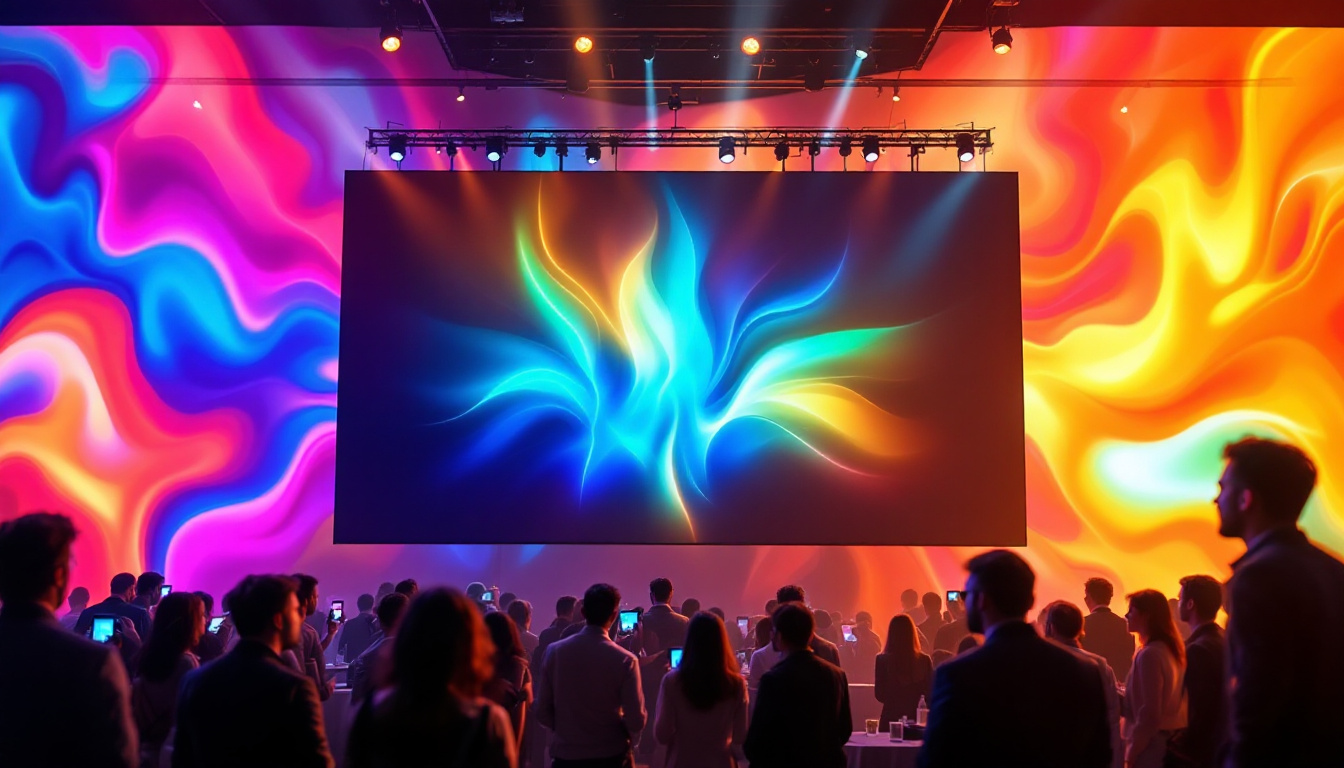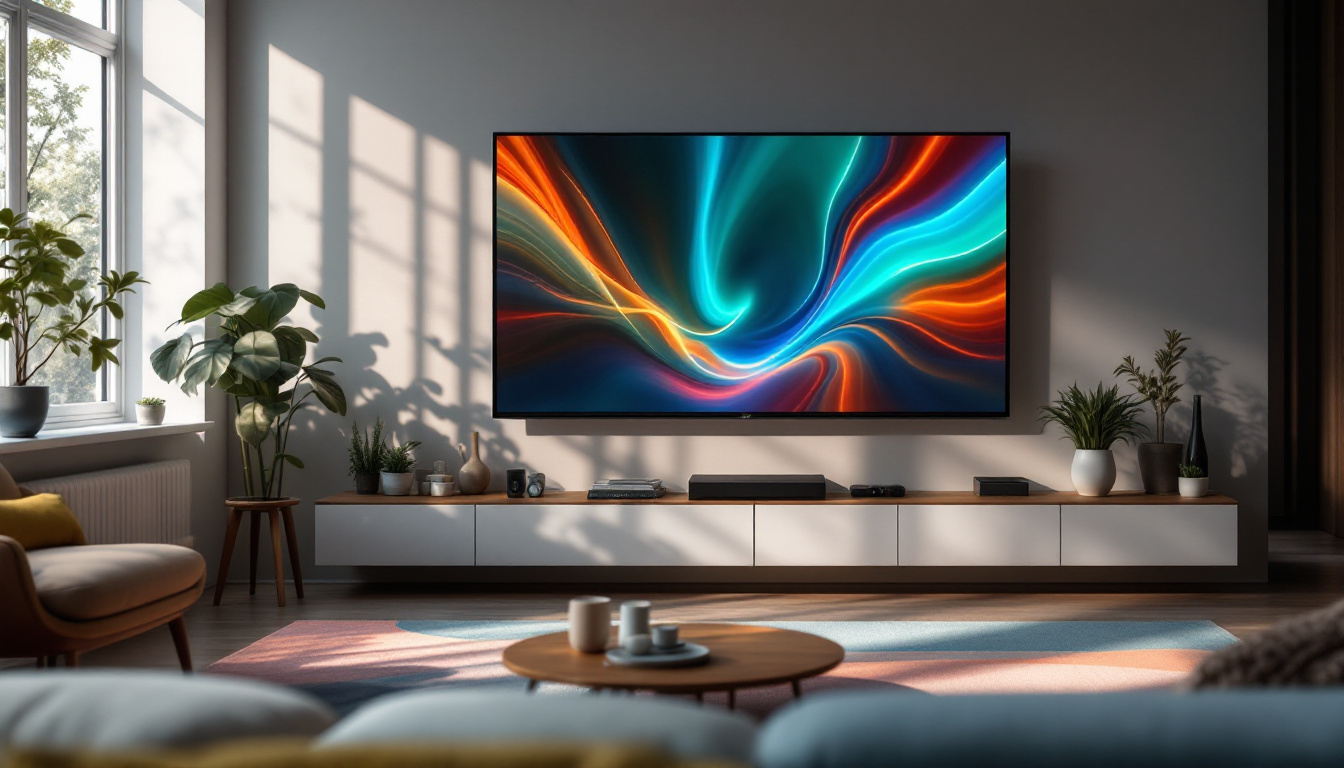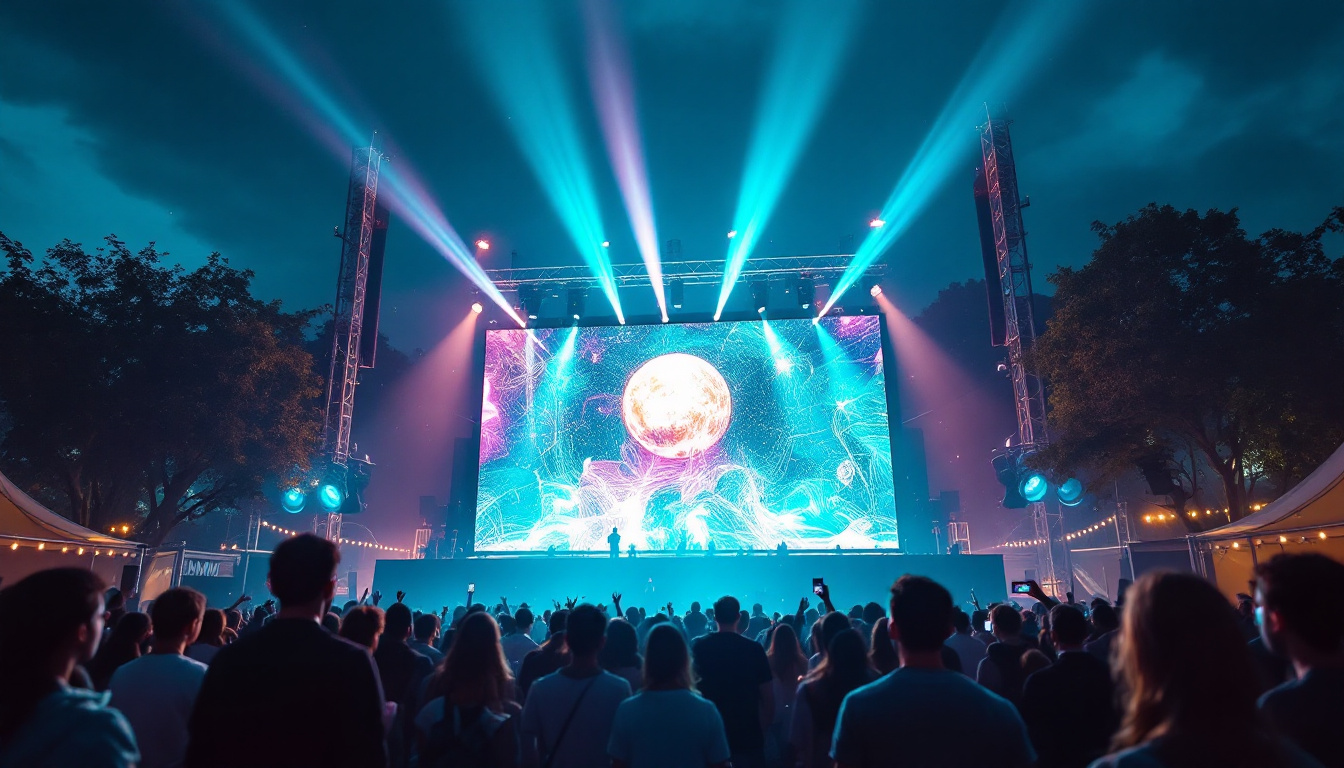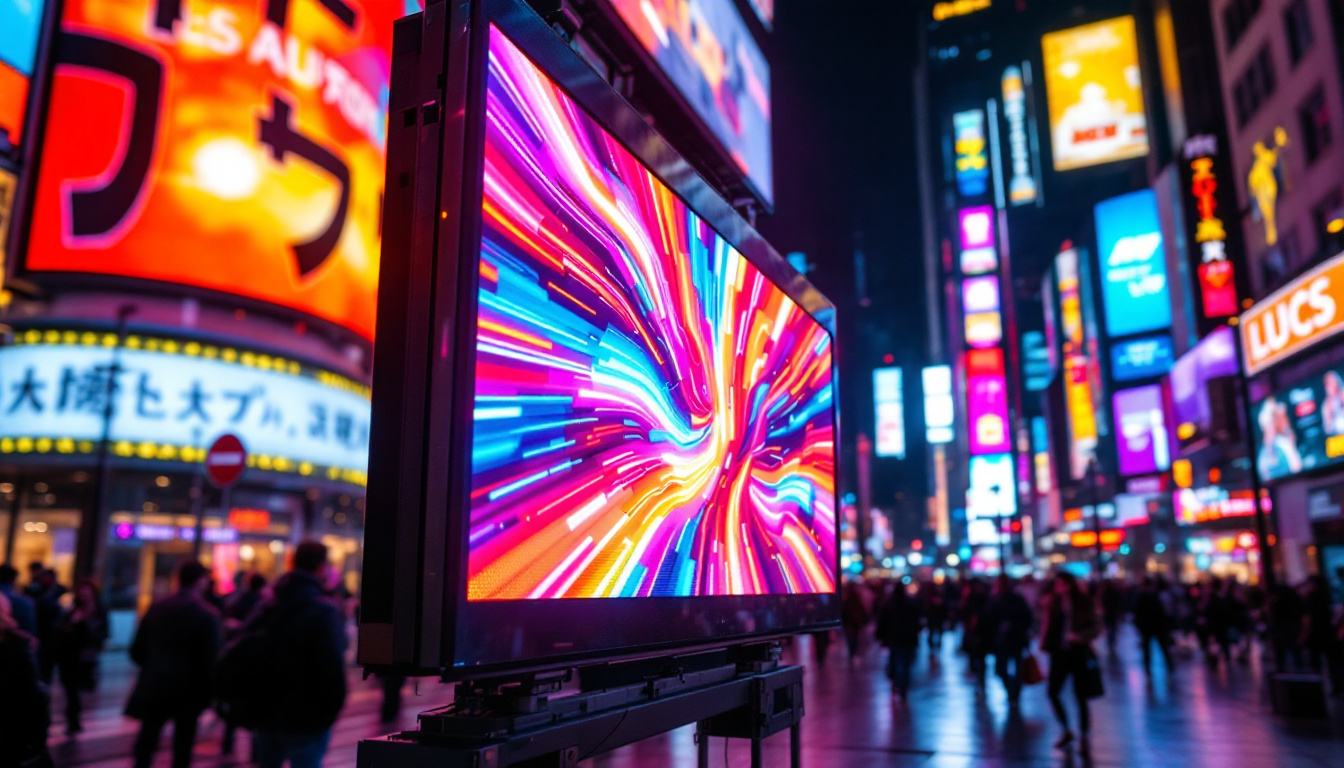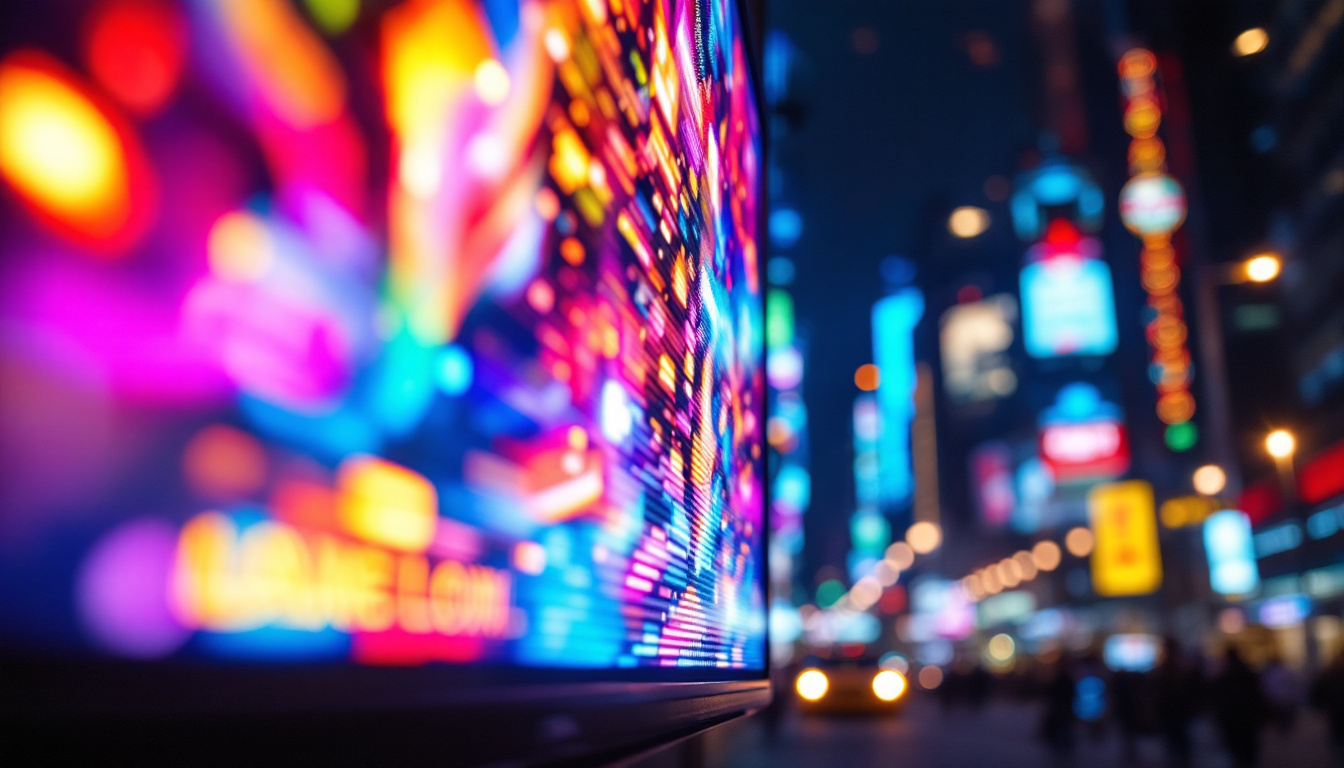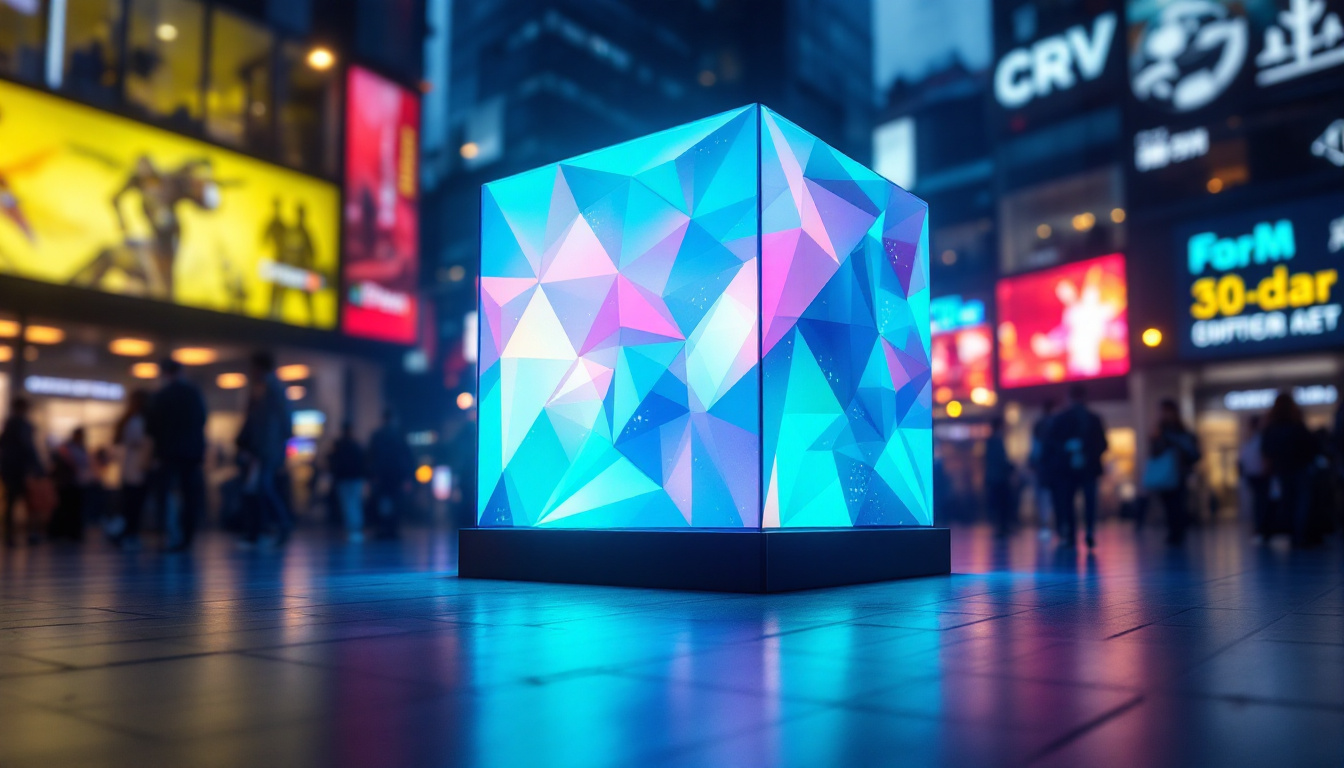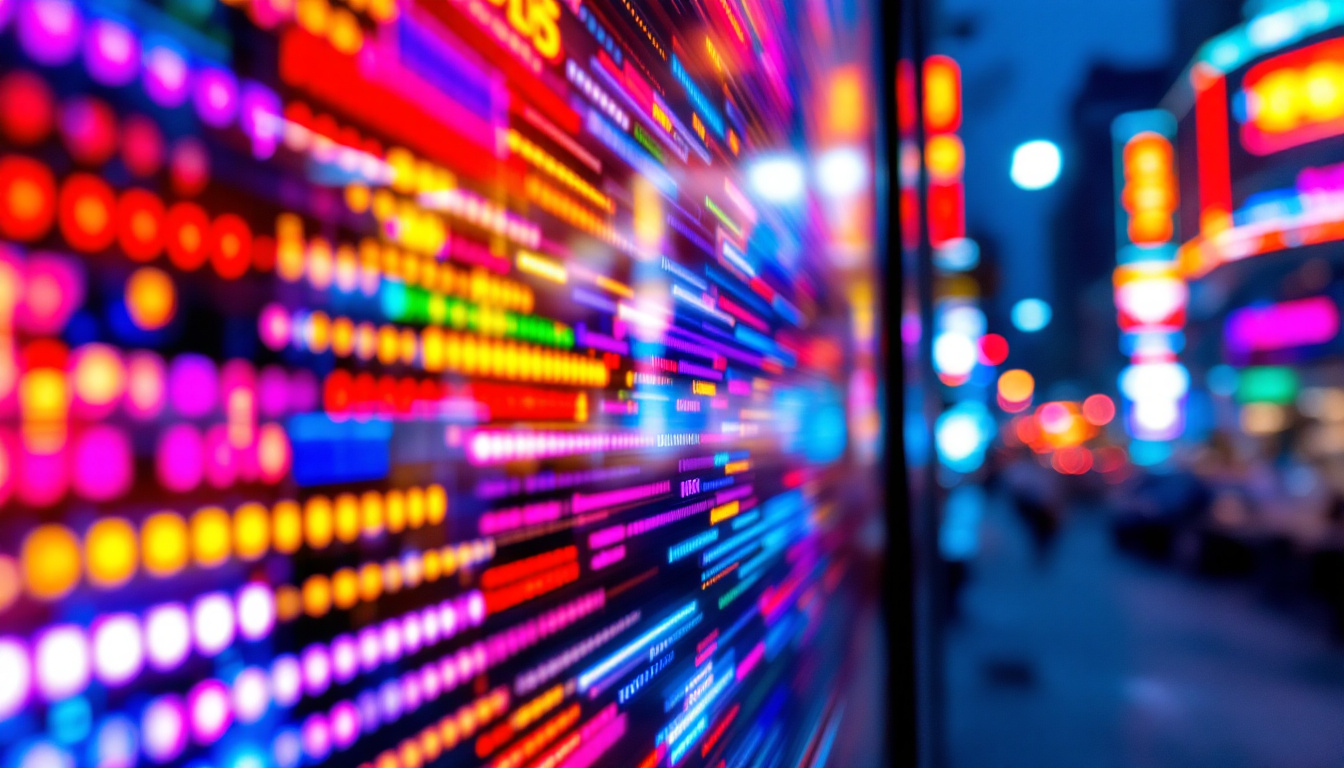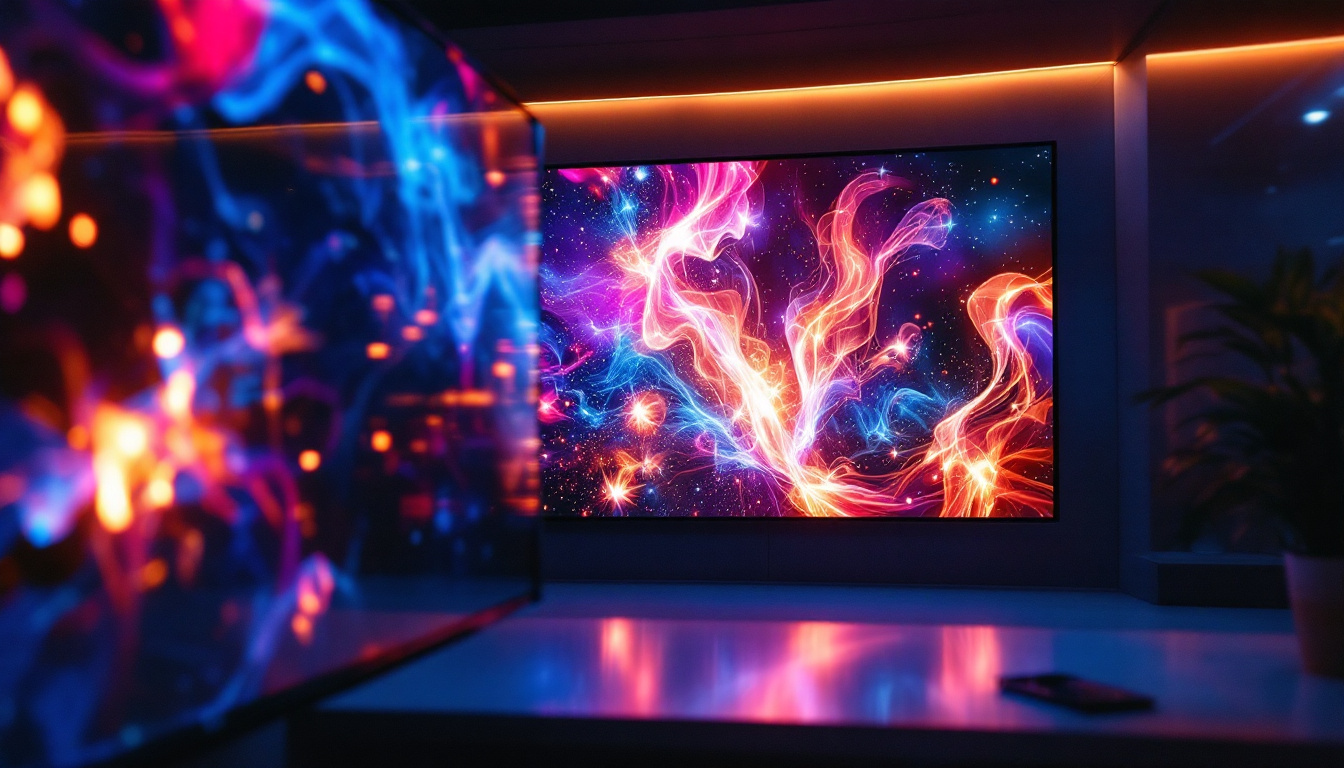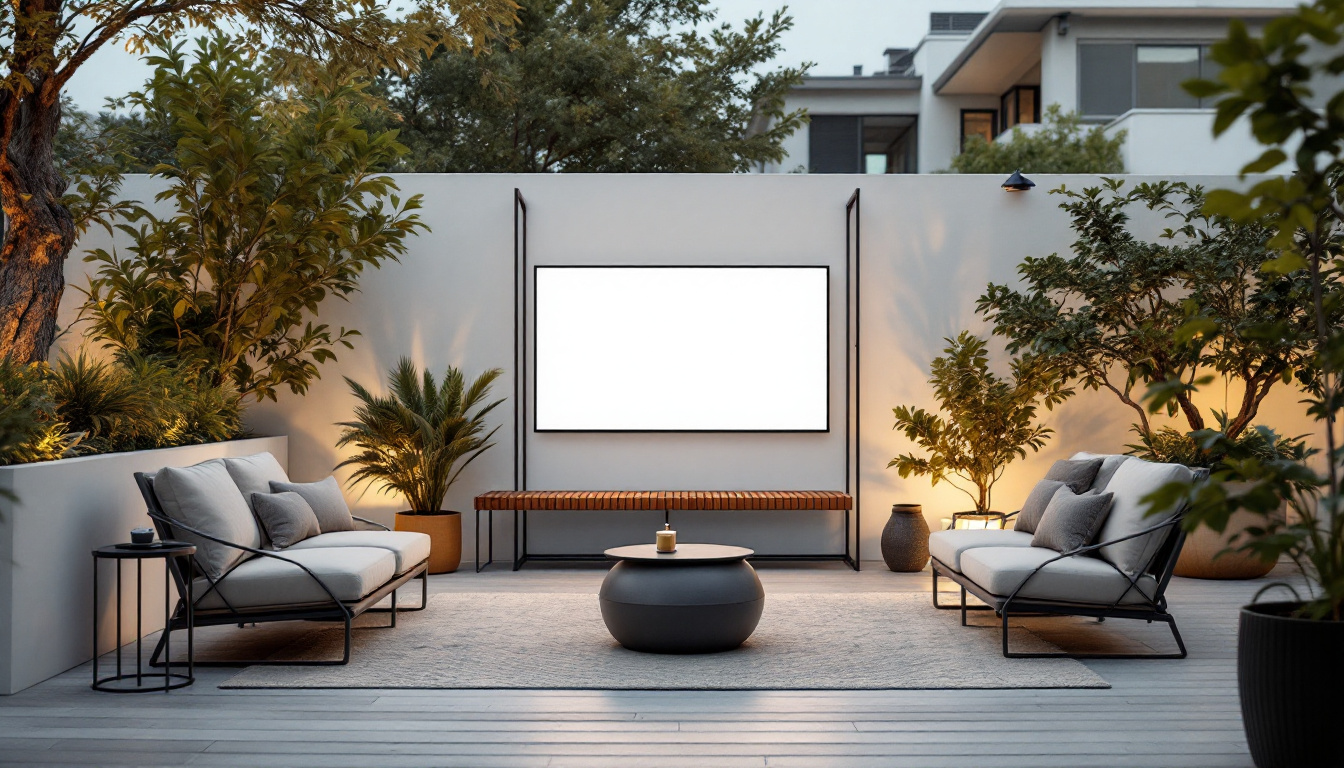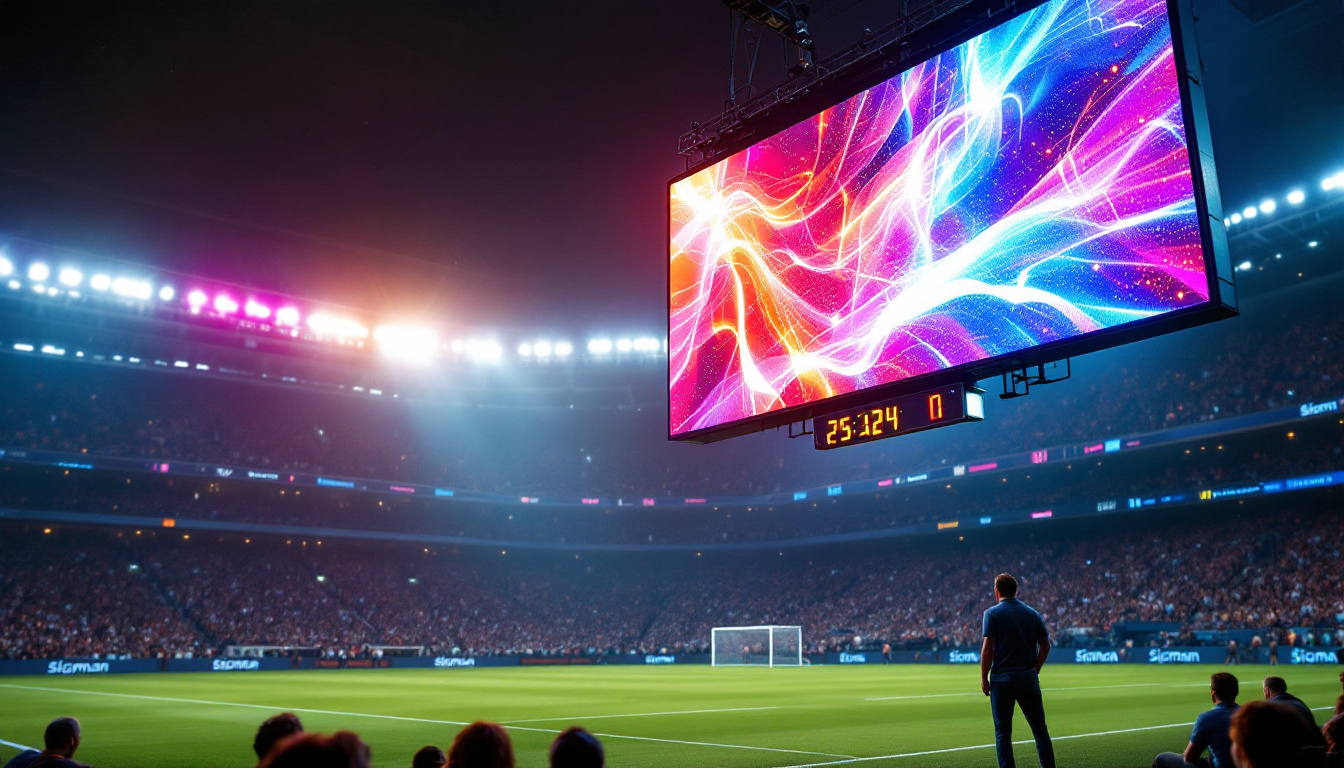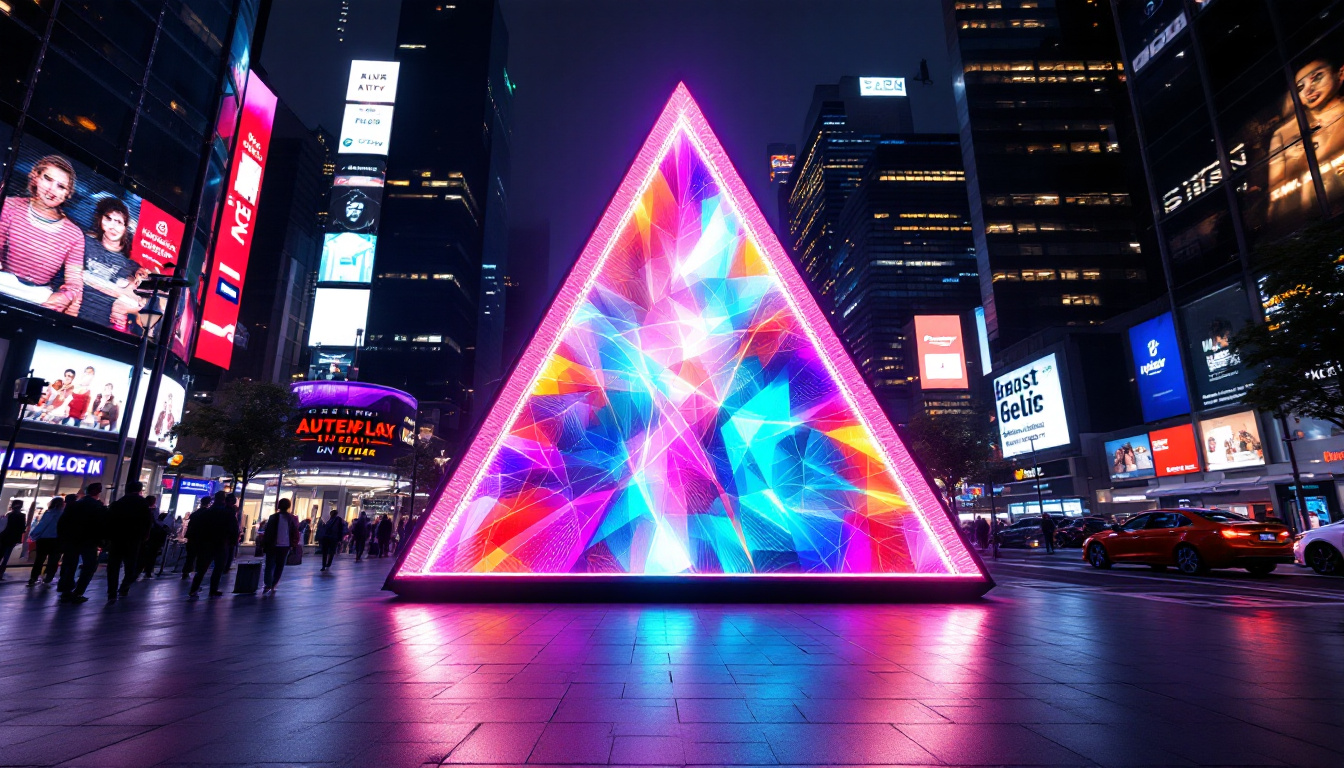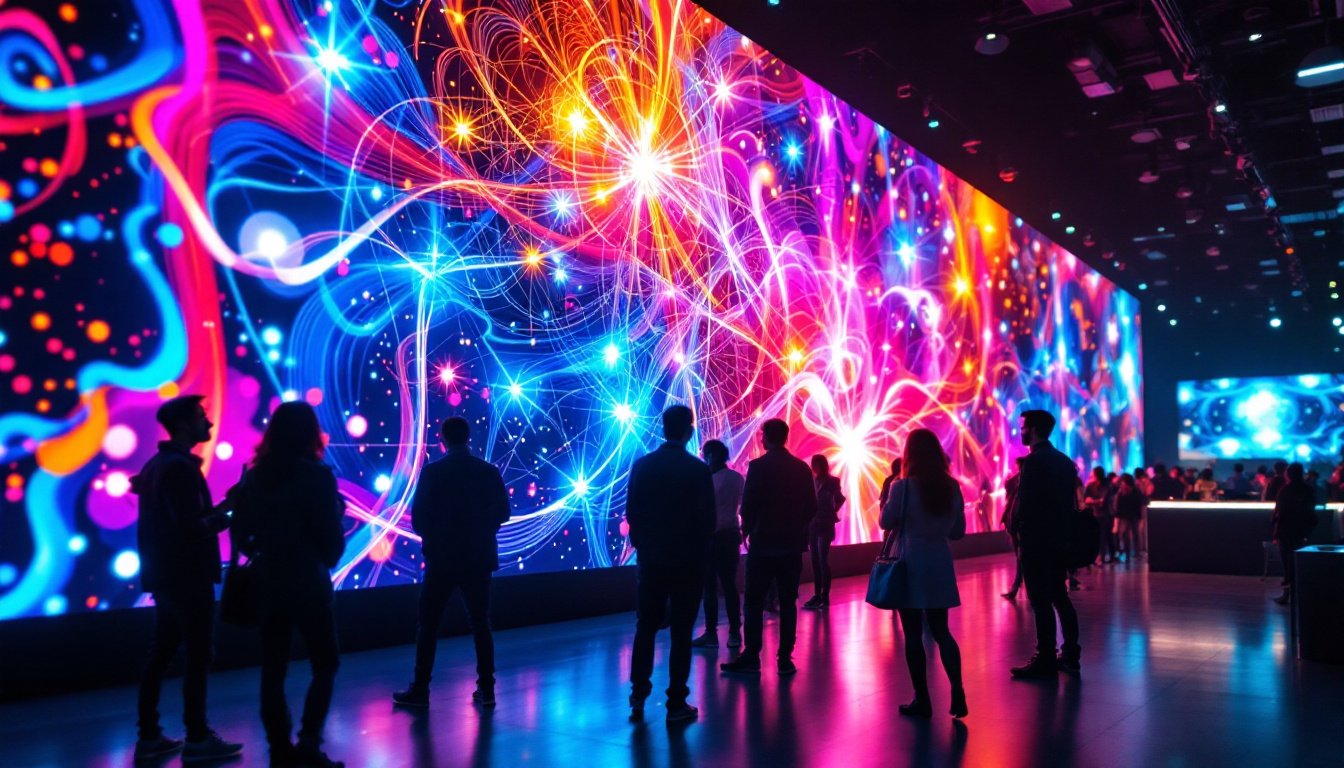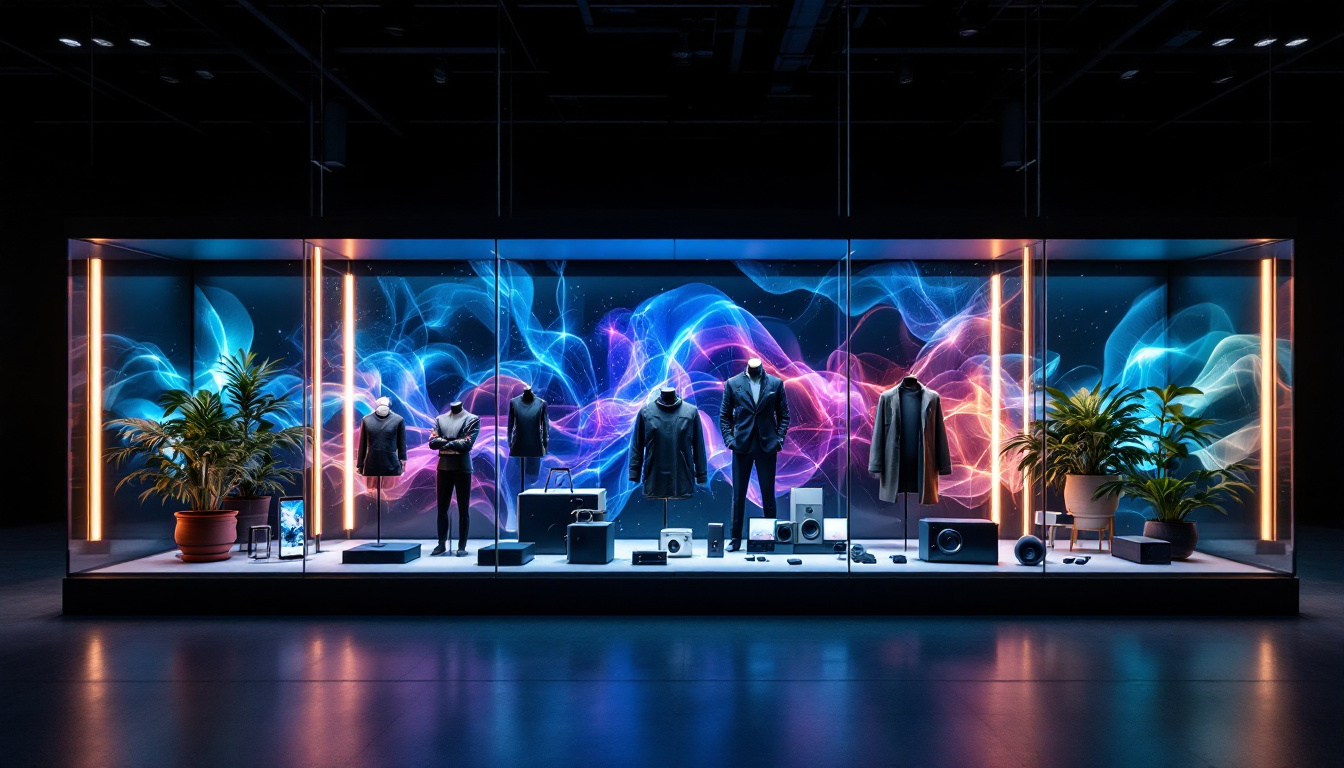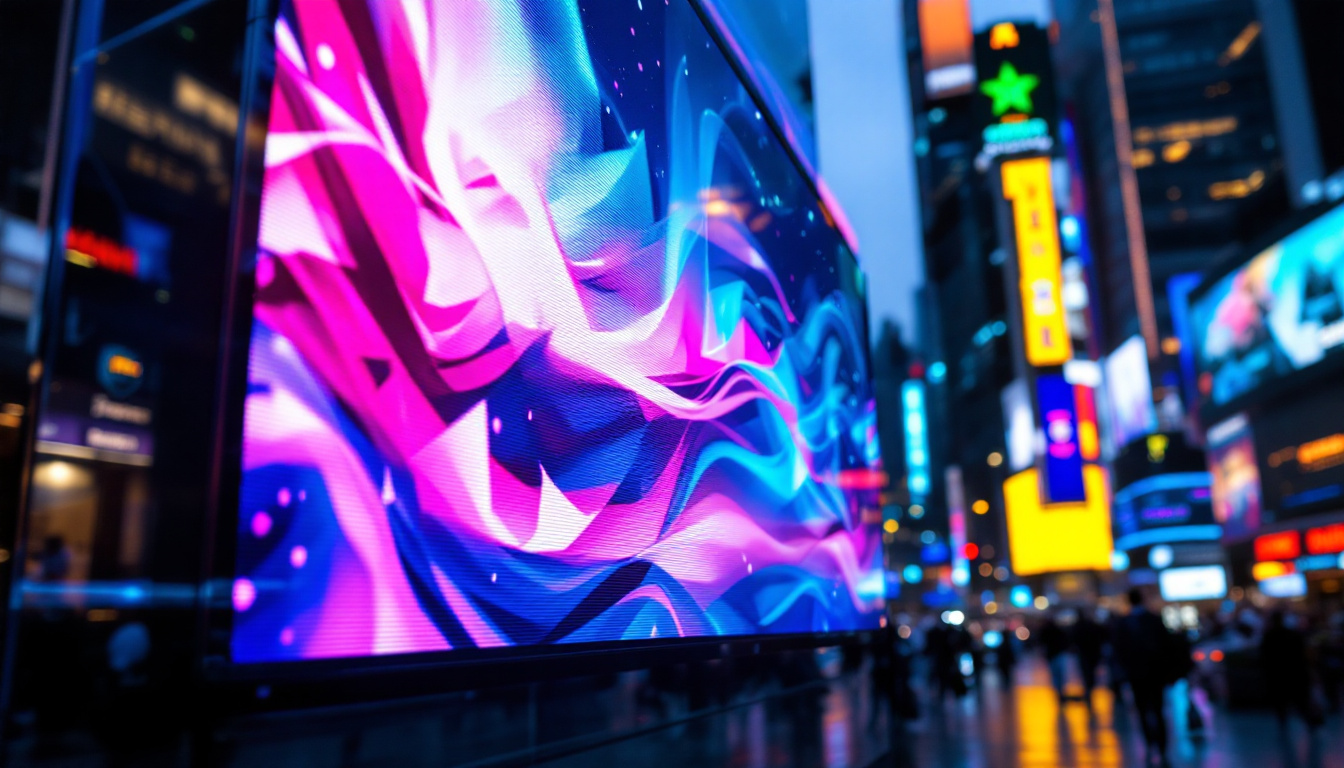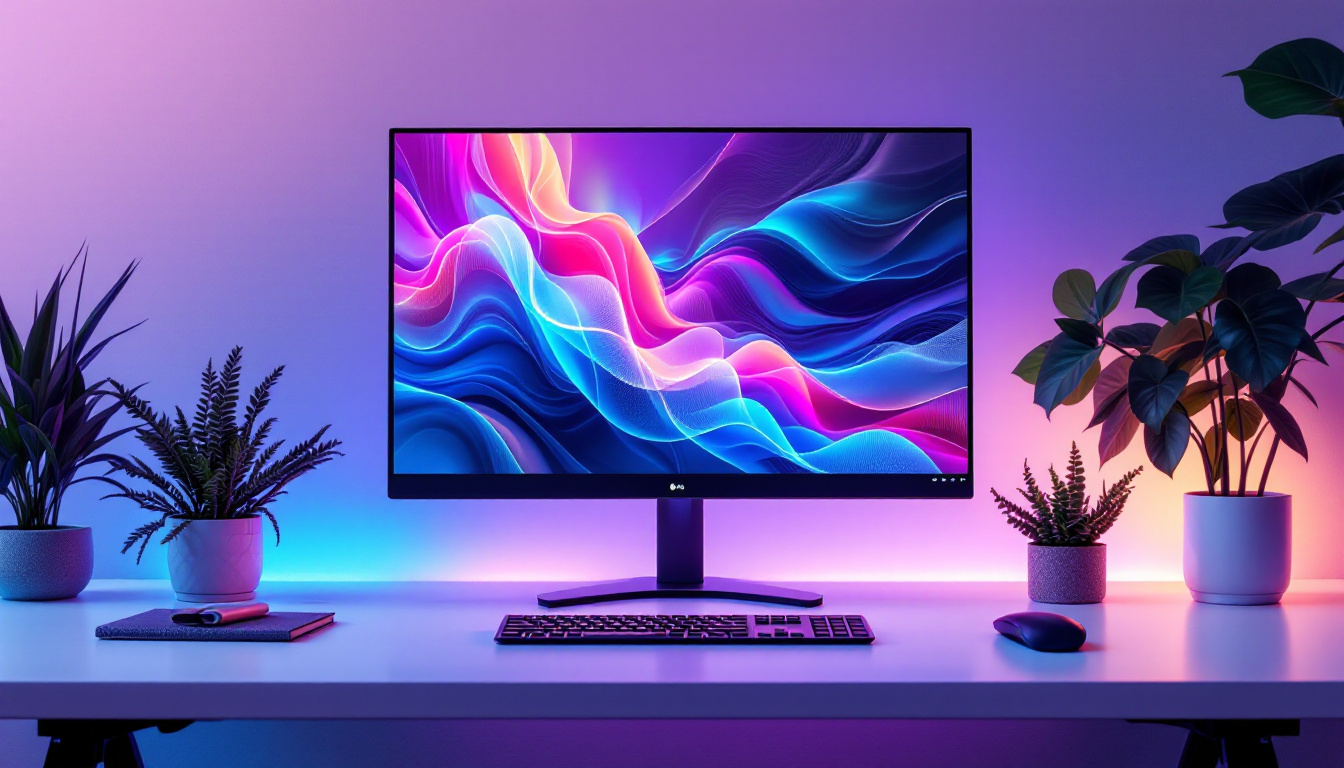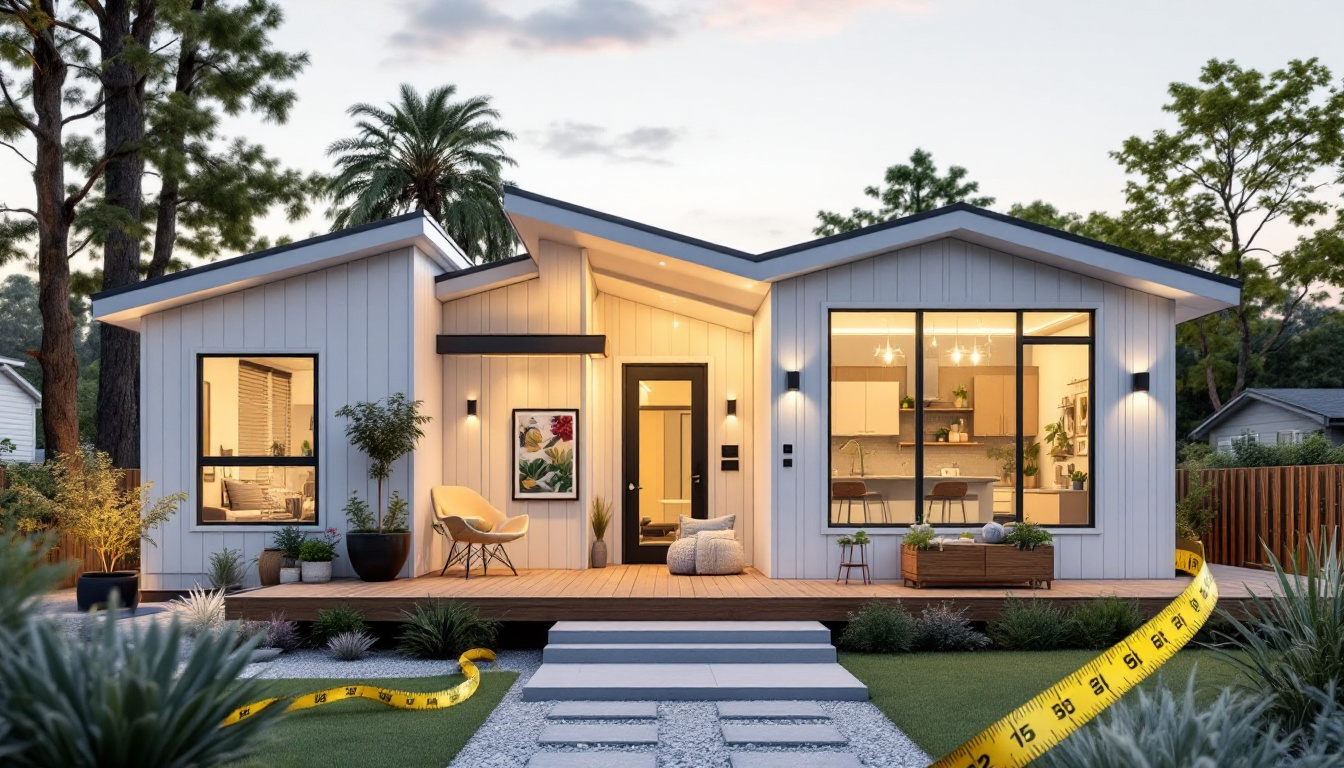In the modern era of digital communication, LED screens have become an integral part of various industries, from advertising to entertainment and beyond. The installation of LED displays requires careful planning and execution to ensure optimal performance and longevity. This article delves into the world of LED screen installation, providing insights into the technology, installation process, benefits, and maintenance.
Understanding LED Technology
LED, or Light Emitting Diode, technology has revolutionized the way visual information is displayed. Unlike traditional LCD screens, LED displays utilize a series of diodes to emit light, resulting in brighter images and lower energy consumption. This shift not only enhances the viewing experience but also contributes to energy efficiency, making LED technology a more sustainable choice in the long run.
How LED Screens Work
LED screens function by using thousands of tiny diodes that emit light when an electric current passes through them. These diodes are arranged in a grid pattern, allowing for the display of vibrant colors and high-resolution images. The brightness and clarity of LED screens make them suitable for both indoor and outdoor applications. Additionally, the rapid response time of LEDs contributes to their ability to display fast-moving images without blurring, a crucial feature for sports broadcasts and gaming.
In essence, an LED screen consists of three primary colors: red, green, and blue (RGB). By combining these colors in varying intensities, the screen can produce a wide spectrum of colors. This technology enables LED displays to achieve remarkable contrast ratios and viewing angles, making them ideal for advertising billboards, sports arenas, and concert venues. Furthermore, advancements in LED technology have led to the development of features such as dimming capabilities and color calibration, ensuring that images remain true to life under various lighting conditions.
Types of LED Displays
There are several types of LED displays available, each designed for specific applications. The most common types include:
- Indoor LED Displays: These are typically used in venues such as shopping malls, conference rooms, and theaters. They offer high resolution and brightness suitable for close viewing. Indoor displays often incorporate advanced technologies such as pixel pitch optimization, which allows for a clearer image at shorter viewing distances.
- Outdoor LED Displays: Built to withstand harsh weather conditions, outdoor LED screens are used for billboards and large-scale advertising. They are designed to be visible from a distance and often have lower resolution compared to indoor displays. Many outdoor models also feature enhanced brightness levels to combat sunlight glare, ensuring that advertisements remain eye-catching even in bright daylight.
- Transparent LED Displays: These innovative displays allow for visibility through the screen while still showcasing content. They are often used in retail environments to create eye-catching advertisements without obstructing views. The design flexibility of transparent LED displays enables businesses to integrate technology seamlessly into their storefronts, enhancing customer engagement while maintaining an open atmosphere.
The Installation Process
Installing an LED screen involves several critical steps that ensure the display operates effectively and safely. From site assessment to final testing, each phase is essential for a successful installation.
Site Assessment and Planning
The first step in the installation process is conducting a thorough site assessment. This involves evaluating the location where the LED screen will be installed, considering factors such as visibility, audience traffic, and environmental conditions. Understanding the specific needs of the client and the intended use of the display is crucial during this stage.
Once the assessment is complete, a detailed installation plan is developed. This plan includes the selection of the appropriate screen size, resolution, and mounting options. It also outlines the necessary electrical and structural requirements to support the display. Additionally, consideration must be given to local regulations and safety standards, which can vary widely depending on the installation site. Engaging with local authorities early in the process can help mitigate any compliance issues that may arise later.
Mounting and Wiring
After planning, the next step is the physical installation of the LED screen. This involves securely mounting the display to a wall or structure, ensuring it is level and stable. Depending on the type of installation, various mounting options may be used, including wall mounts, truss systems, or freestanding structures. The choice of mounting solution often depends on the specific environment, such as indoor versus outdoor settings, as well as aesthetic considerations that align with the client’s branding.
Wiring is another critical aspect of the installation process. Proper electrical connections must be made to ensure that the screen receives power and data signals. This includes connecting the display to a media player or control system, which will manage the content being displayed. It is also essential to consider cable management during this phase to maintain a clean and professional appearance. Using cable conduits or raceways can help protect the wiring from damage and improve overall safety.
Calibration and Testing
Once the LED screen is mounted and wired, calibration is necessary to optimize the display’s performance. This involves adjusting brightness, contrast, and color settings to ensure that the images are vibrant and true to life. Testing the screen for functionality is also essential to identify any potential issues before the final handover.
During this phase, it is crucial to ensure that the display is functioning correctly under various lighting conditions and that all content is displayed as intended. After thorough testing, the installation team can provide training to the client on how to operate the display effectively. This training often covers not only the technical aspects of content management but also best practices for maintenance and troubleshooting common issues. Additionally, providing a user manual or access to online resources can empower clients to make the most of their new LED screen, ensuring they can adapt to future content needs and technology updates with ease.
Benefits of LED Displays
LED displays offer numerous advantages over traditional display technologies, making them a popular choice for businesses and organizations. Understanding these benefits can help in making informed decisions about installation and usage.
Energy Efficiency
One of the most significant advantages of LED technology is its energy efficiency. LED screens consume significantly less power compared to traditional LCD or plasma displays. This not only reduces operational costs but also contributes to a lower carbon footprint, making them an environmentally friendly choice. In fact, many businesses have reported a reduction in their energy bills by up to 50% after switching to LED displays. This shift not only benefits the bottom line but also aligns with global sustainability goals, encouraging companies to adopt greener practices.
Enhanced Visibility and Brightness
LED displays are known for their exceptional brightness and clarity, making them visible even in direct sunlight. This feature is particularly beneficial for outdoor advertising, where visibility is crucial for attracting attention. The high contrast ratios of LED screens also ensure that images and videos appear sharp and vibrant, enhancing the overall viewing experience. Furthermore, the ability to adjust brightness levels dynamically allows for optimal performance in varying lighting conditions, ensuring that content remains engaging at all times. This adaptability makes LED displays ideal for a wide range of applications, from retail environments to large-scale events.
Longevity and Durability
LED screens are designed to last, often with a lifespan of over 100,000 hours. This longevity is due to the robust construction of LED technology, which is less susceptible to damage from impacts or environmental factors. As a result, businesses can enjoy a reliable display solution with minimal maintenance requirements. Additionally, LED displays are resistant to temperature fluctuations and humidity, making them suitable for both indoor and outdoor installations. This durability not only ensures consistent performance over time but also reduces the need for frequent replacements, further enhancing the cost-effectiveness of this technology.
Versatility in Applications
Another notable benefit of LED displays is their versatility in various applications. From retail storefronts and corporate offices to sports arenas and concert venues, LED screens can be customized to fit any setting or purpose. They can be configured in different shapes and sizes, allowing for creative installations that capture attention and convey messages effectively. Moreover, with advancements in technology, LED displays can now incorporate interactive features, enabling businesses to engage directly with their audience through touch or motion sensors. This level of interactivity not only enhances the viewer experience but also opens up new avenues for marketing and customer engagement.
Cost-Effectiveness Over Time
While the initial investment in LED technology may be higher than traditional display options, the long-term savings are significant. The combination of reduced energy consumption, minimal maintenance, and extended lifespan means that businesses can recoup their investment over time. Additionally, the high-quality visuals produced by LED displays can lead to increased customer engagement and sales, making them a smart financial decision. As more companies recognize the value of investing in high-performance display solutions, the demand for LED technology continues to grow, solidifying its place as a leading choice in the digital signage market.
Maintenance of LED Displays
To ensure the longevity and optimal performance of LED displays, regular maintenance is essential. This involves routine checks and cleaning to prevent dust and debris from affecting image quality.
Regular Inspections
Conducting regular inspections of the LED screen is vital for identifying any potential issues before they escalate. This includes checking for dead pixels, ensuring that all diodes are functioning correctly, and inspecting the wiring and connections for any signs of wear or damage.
It is recommended to schedule these inspections at least once every few months, depending on the screen’s usage and environmental conditions. Early detection of problems can save time and money in the long run.
Cleaning and Upkeep
Cleaning the LED screen is another crucial aspect of maintenance. Dust and dirt can accumulate on the surface, affecting visibility and image quality. Using a soft, lint-free cloth and a suitable cleaning solution, the screen should be wiped down regularly to keep it in optimal condition.
Additionally, the surrounding area should be kept clean to prevent debris from entering the internal components of the display. Proper upkeep not only enhances the appearance of the screen but also ensures its functionality over time.
Conclusion
LED screen installation is a complex yet rewarding process that can significantly enhance communication and advertising efforts for businesses. Understanding the technology, installation methods, benefits, and maintenance requirements is essential for maximizing the investment in LED displays.
As technology continues to evolve, LED screens will likely play an even more prominent role in various sectors. By embracing this innovative technology, businesses can stay ahead of the competition and effectively engage their audiences.
In summary, whether for advertising, entertainment, or information dissemination, LED displays offer a versatile and impactful solution that can transform the way messages are communicated. With proper installation and maintenance, these displays can provide years of reliable service and exceptional visual experiences.
Discover LumenMatrix LED Display Solutions
Ready to elevate your visual communication with the latest in LED display technology? Look no further than LumenMatrix, where innovation meets excellence. Our comprehensive range of LED display modules, including Indoor and Outdoor LED Wall Displays, Vehicle LED Displays, LED Poster Displays, LED Sports Displays, Floor LED Displays, Custom LED Displays, All-in-One LED Displays, and LED Transparent Displays, is designed to captivate your audience and amplify your message. Experience the transformative power of our cutting-edge solutions and join the revolution in digital signage. Check out LumenMatrix LED Display Solutions today and see your vision come to life with unparalleled clarity and impact.

